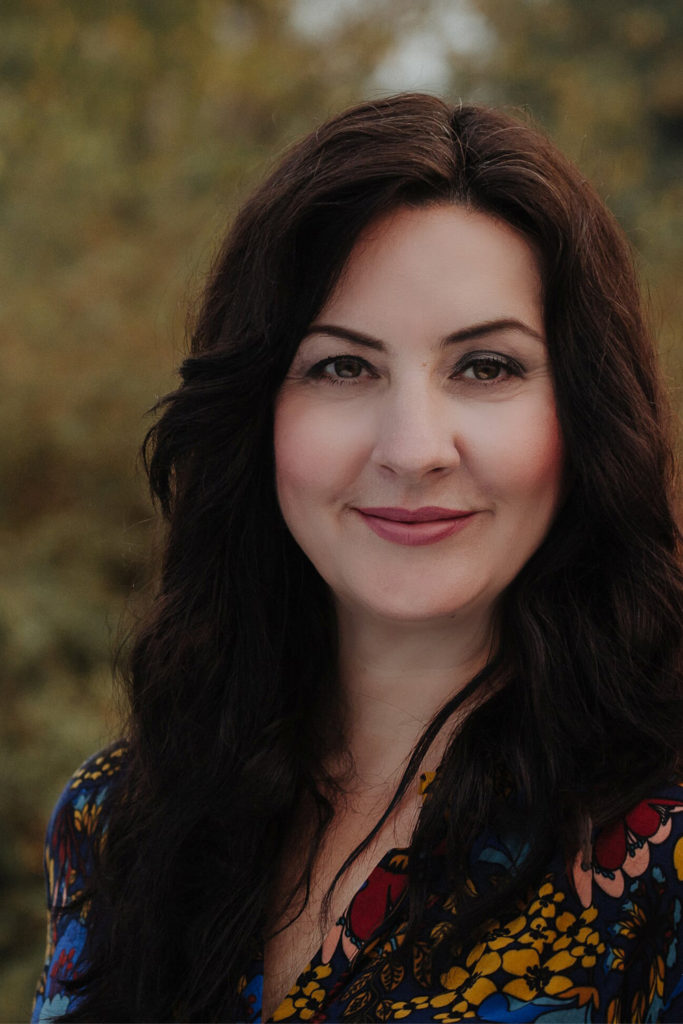Have you ever found that you and your client weren’t speaking the same language when talking about a shoot?
Maybe they told you that wanted a “light and airy” look but the sample images they showed you were more along the lines of “bright and bold”, with highly saturated colors.
Or maybe their idea of “light green” for a backdrop colour was not anywhere close to your idea of light green?
A mood board is a perfect tool for collaborating with a client or a team of creatives. Using one will ensure that you’re on the same page in terms of the desired end result.
Ideally, it’s great if the client provides you with a mood board or other assets to demonstrate what they are looking for. But often, they haven’t thought this far ahead. Taking the lead by putting together some sample images to start the conversation is good client service and can go a long way in preventing communication breakdowns.
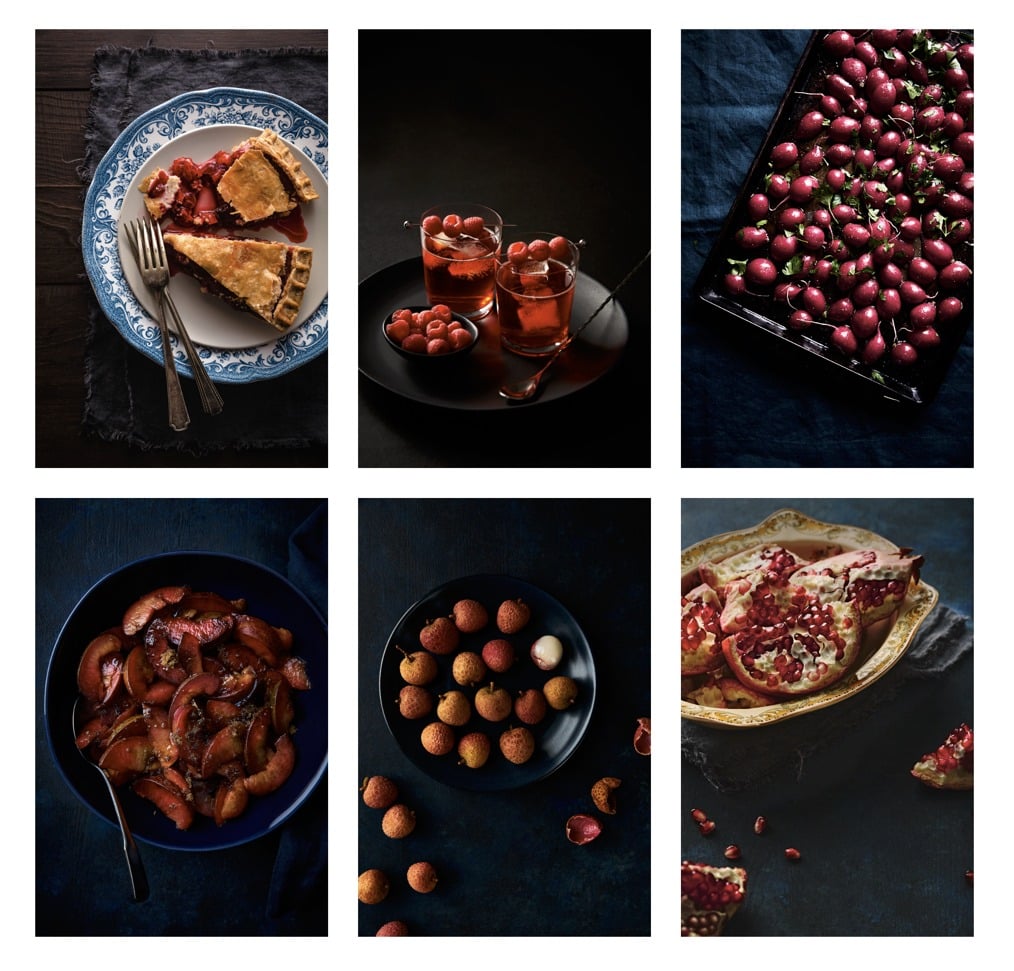
What Is A Mood Board?
Collaboration is crucial in food photography. Capturing the exact images that your client wants means not only being on the same page with them, it often also involves working with an art director, a food stylist, prop stylist, or other team members to execute the shoot.
One way to help everyone understands the sought after visual aesthetic is to create mood boards.
A mood board is a collection of images gathered together into collage form. They are used extensively in design and photography to help define the visual direction of a project. You can send them to all the people involved in the shoot for feedback or collaboration.
A mood board is very helpful when working with clients, but you may also want to create them for your personal projects or shoots. For example, I create several mood boards when I’m looking to fill in the gaps of my web and print portfolios with something a little different from what I’ve done before.
It’s up to you to determine how a mood board can help you get your creative juices flowing.
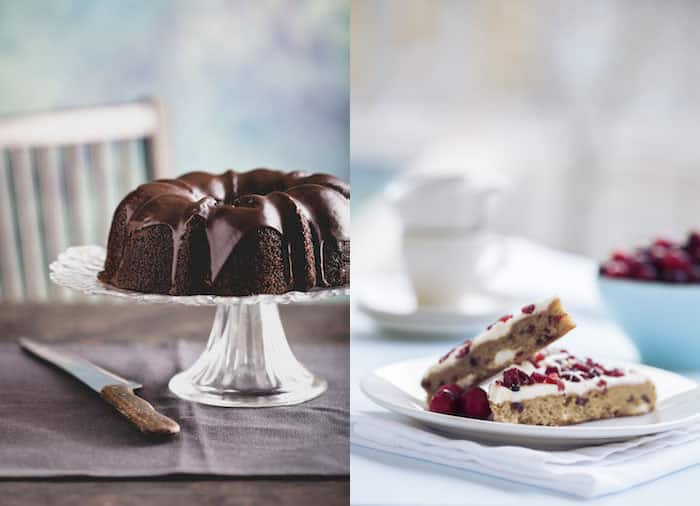
A Picture is Worth a Thousand Words
There is an old saying “a picture is worth a thousand words.” When it comes to working with clients, this is especially true.
Language is not the best way to express what the eyes should see. Words like “fun”, “bold”, “clean” are too abstract and can mean different things to you than they do to your client.
Another important point is that people see colour differently. Your idea of “teal” might not be someone else’s idea of teal. Or maybe your clients don’t know the words to describe certain tones within a colour range. Think of mauve and lavender, and how they differ from purple. Creating a mood board focused on colour may be your best course of action.
Colour mood boards are just one option. You can do also create boards based on a specific subject matter, lighting style, propping, or anything else you can think of that will clarify the creative direction of the shoot.
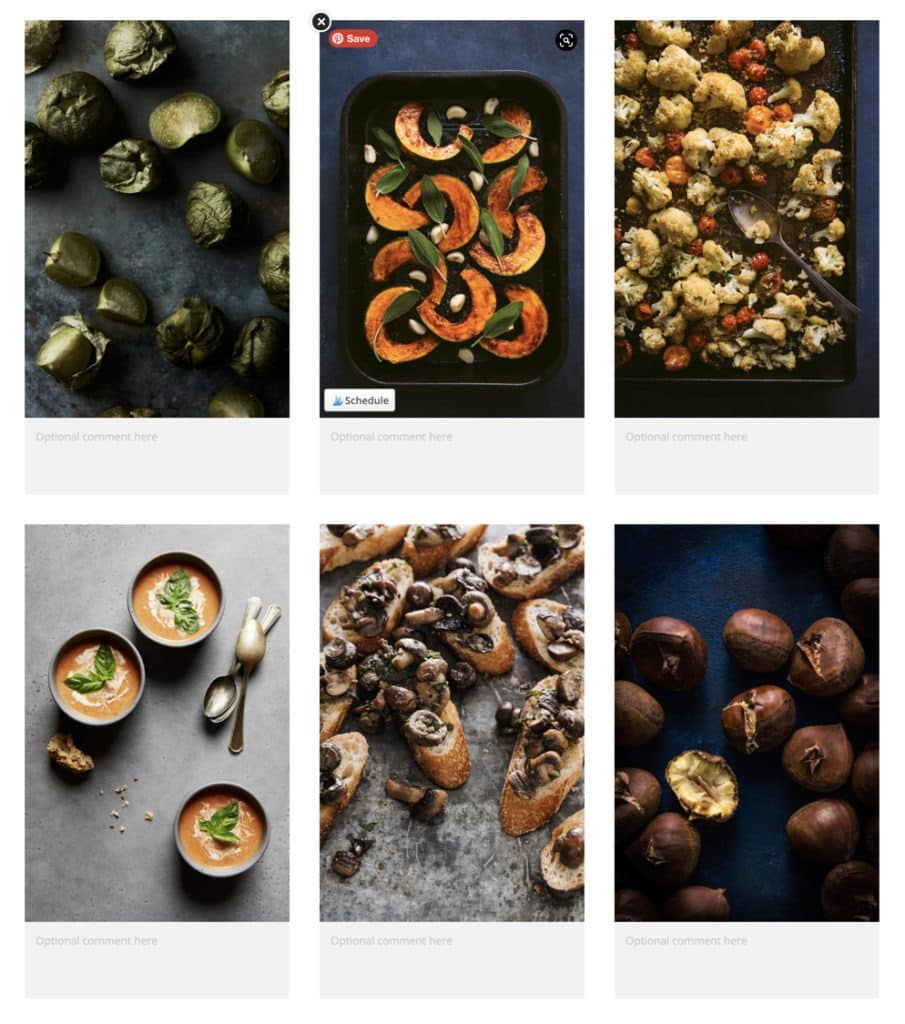
What Should a Mood Board Look Like?
Mood boards are about inspiration rather than copying. They usually contain elements that won’t even appear in the final images. The photos are supposed to represent the qualities of the brand or the desired aesthetic.
Start by collecting many pictures that have the elements you want. These include colour, texture, atmosphere, or lighting style.
When agencies send photographers mood boards, they usually contain 5-15 images. Try to stick to this range for the number of photos in your mood board.
When it comes to mood boards, less is more. Too many images can dilute the essence of the feeling and atmosphere you are trying to get across.
You also may want to make more than one mood board for the client to select.
Each board should reflect a different brand concept, but it should still align with your understanding of how the images should look in the end, based on the information that has been provided by the client.
There are plenty of apps that can help you create mood boards, but the most popular and familiar to most people is, Pinterest.
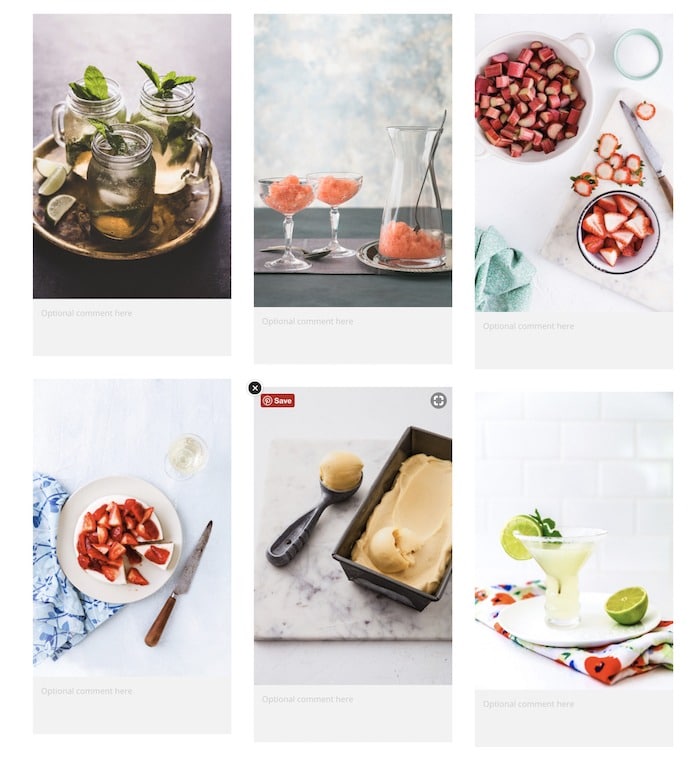
Creating a Mood Board
Mood board apps have different ways of letting you save photos. Pinterest is a commonly used app, so if you want to use it to make your mood board, so if this is how you decide to create your mood board, I recommend getting the Google Chrome Plugin called Pinterest Save Button.
Once you download the plugin, a small button should show up on the upper left corner of all the images that appear on your browser. Now all you have to do is click that button to save those photos to your mood board.
You can also download pictures directly from your computer to Pinterest. Go to your “Home Feed” and click on the “Create Pin” button. You can then either drag and drop or click on the box that appears to upload a file.
After you upload the file, you can add a title and create a caption. You also have the option to add a destination link. It could be anything from your personal website or the source of the image if you don’t own it.
Once you finish adding descriptions, hit “Save from site“, and that’s it!
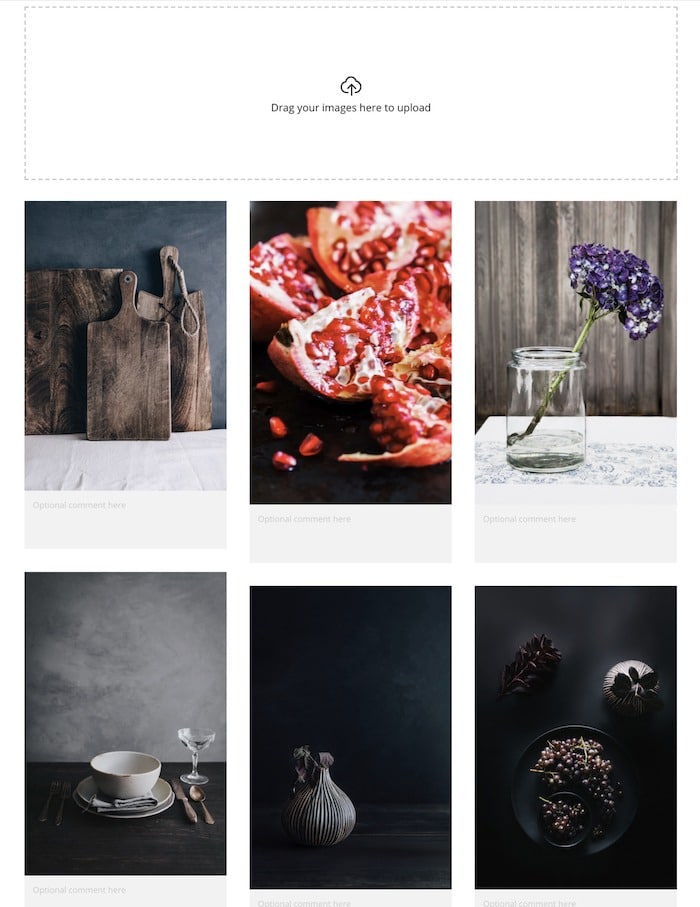
Organize Your Mood Boards
The primary purpose of creating mood boards is to help you curate all the images you collected. That’s why you need to know how to move pictures around within Pinterest.
When you upload a pin, click the dropdown menu beside the ‘Publish’ button. Now click ‘Create Board’ and name it according to your project.
For instance, if you’re collecting food photography images, you can name the board “Food Inspo” or something similar. That way, you’ll make it easier for yourself to find.
Pinterest automatically publishes mood boards publicly, but if you want to hide it from strangers, you can turn on the “Keep this board secret” toggle. You can still share it with collaborators if you give them the link but it won’t show up on other people’s feed.
Pinterest allows you to create dozens of mood boards, so it’s perfect if you’re doing several projects. You can easily create new boards or save new photos under different titles.
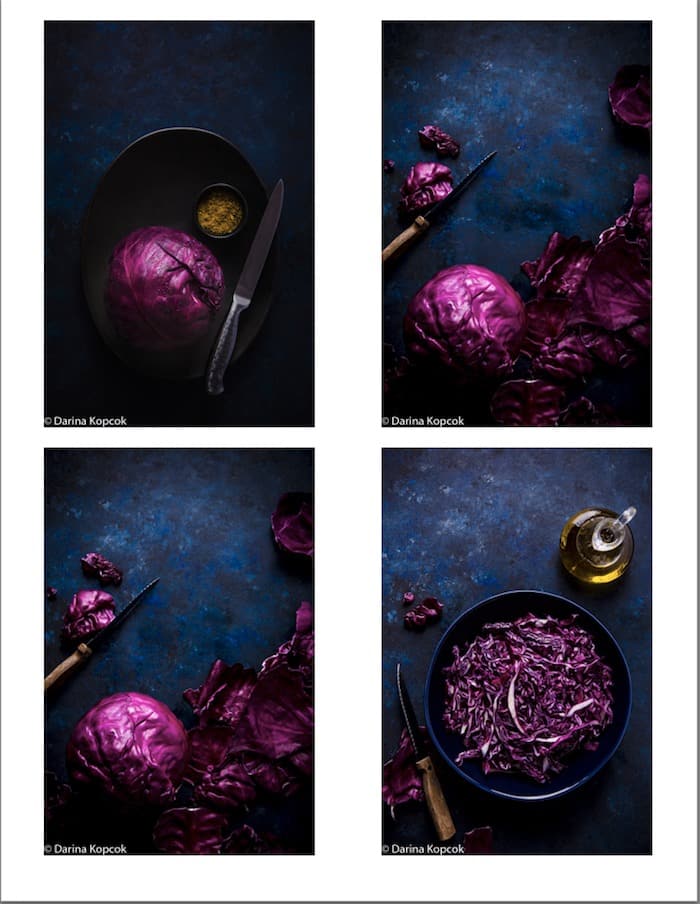
Sharing Your Mood Board
It’s essential to show your mood boards to your clients when you’re preparing for a photoshoot.
So how do you do it remotely? If you’re using Pinterest, go to your profile and click “Boards”.
Now click on the pencil icon at the bottom right corner of the mood board you want to share. Scroll down to “Collaborators” and enter their email. You can also use their Pinterest user name if they have one.
After you enter the email, click “Done”, and Pinterest will send an email or notification to your collaborators.
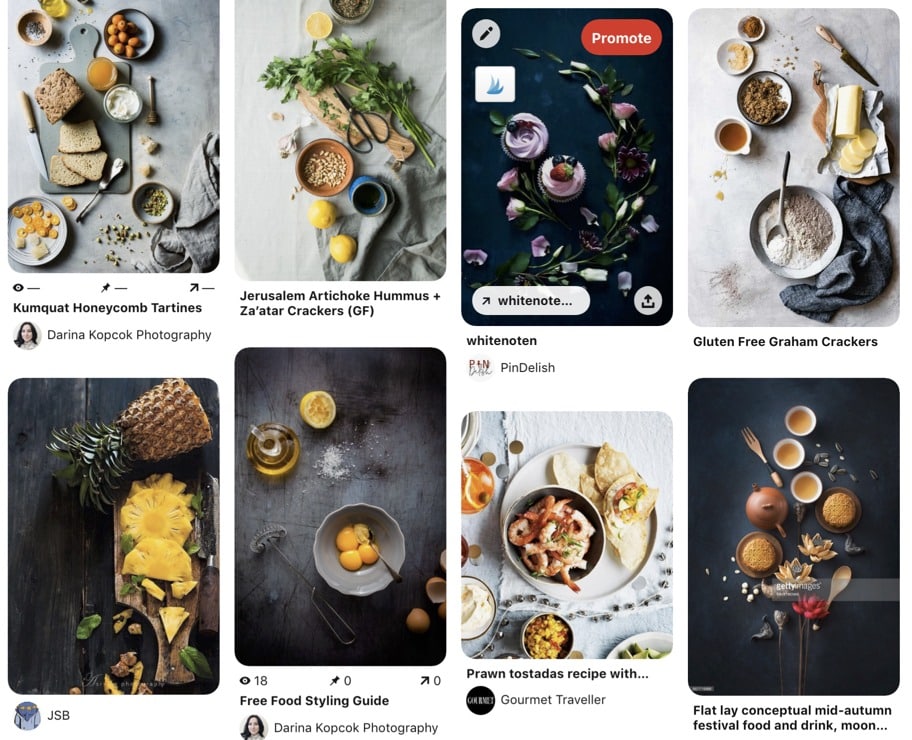
In Conclusion
When working with a client, creating a mood board may be a process of back-and-forth before a clear direction is settled upon. Once you come to an agreement on creative direction, you can rest assured that you’ll be deliver exactly what your client is looking for.
10

